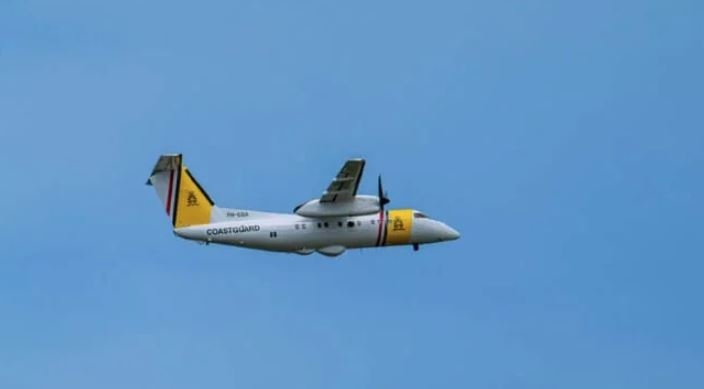The Caribbean Coast Guard with assistance from the U.S. Coast Guard and two commercial ships sailing in the Caribbean coordinated a search and rescue operation after receiving reports of a sinking tanker. The Coast Guard, which is based in Willemstad, Curacao, released details of the efforts on May 27 which resulted in saving the lives of 14 crewmembers and their dog, but two other crewmembers remain missing and believed lost with their ship.
Distress calls were received from the 2,400 dwt product tanker Cetus, with the crew indicating that they were abandoning their 40-year-old ship after it began taking on water located approximately 160 miles northwest of Curaçao in the southern Caribbean. The tanker, which was 295 feet long and registered in Comoros, was heading for Venezuela.


Rafts dropped by the Coast Guard were rescued by two passing merchant ships (Caribbean Coast Guard)
The Caribbean Coast Guard directed a patrol plane to the area to begin a search for the crew of the tanker. The Dash plane quickly spotted people in the ocean and dropped two inflatable life rafts. The plane’s crew reported that the people were climbing into the rafts.
To monitor both life rafts a second airplane from the Coast Guard joined the search effort. In addition, the U.S. Coast Guard cutter Thetis also helped in the effort by sending a helicopter to aid in the search and rescue.
Two other merchant ships also in the area responded to the requests of the Coast Guard for assistance. However, by the time they reached the area the two life rafts had drifted apart. One vessel, the Melba, a general cargo ship, located one of the rafts and took aboard nine of the survivors. It proceeded to Venezuela where the crew was landed on May 30. The second vessel, the bulk carrier UBC Stavanger, located the second inflatable raft rescuing five crew members. One of the rafts also rescued the ship’s dog. The bulker transported the survivors to Trinidad.
The joint coast guard effort searched the area but was unable to locate two additional crew members from the Cetus.
Source: The Maritime Executive






